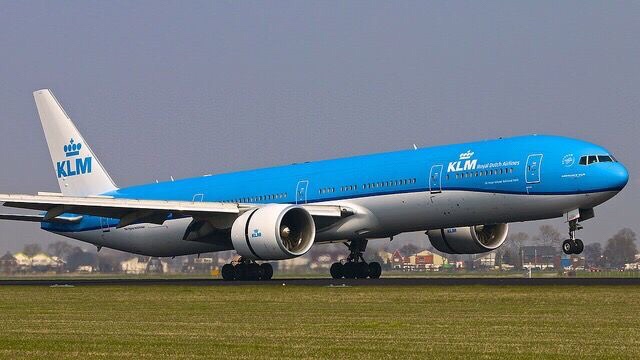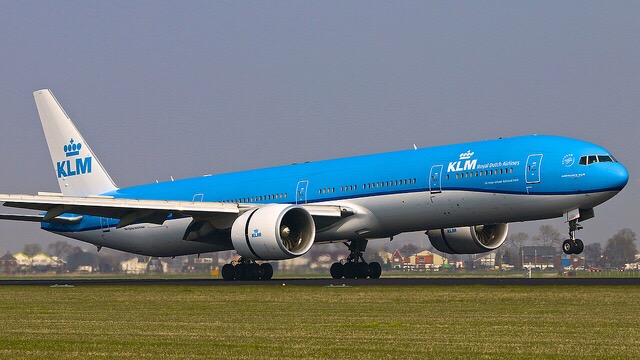Just like Life, hotels have to keep evolving to keep up with customers newest preferences. And just like People and Life, again, they must differentiate themselves from the herd if they expect to survive. Here’s a good article about branding. In many ways it could apple to us as individuals .
(this article was originally published at https://www.boutiquehotelnews.com/home/features/2018/5/11/what-guests-want-hotel-brand-and-experience-can-be-so-much-more/)
What guests want: hotel brand and experience can be so much more
Michelle Du-Prat of Household looks at what boutique hotel brands can learn from the retail space.
A bumper 2017 for hoteliers is being followed by creeping industry uncertainty and rising competition in 2018. This is, at least, the view held in PwC’s recent report, ‘As good as it gets?’ Underpinning its assessment is the thought that there are too many undistinguished hotel brands, limited in the scope of value they can add to their guests and therefore the custom they will see in return. But an over-saturated market need not be met by uncertainty and worry.
There are clear parallels with the retail world, in which brands increasingly commoditised their propositions and focussed too heavily on providing volume of transactions over quality experiences. But retailers are re-engaging customers by meeting rapidly changing behaviours and providing value beyond transaction alone. These brands have shifted from a sales-focussed retail model to explore a higher emotional connectivity, and what we are calling ‘retail culture’ – the moments, places, journeys and interactions where people and brands come together for mutually valuable and worthwhile experiences.
Breaking away from traditional models and learning from retail innovations that focus on people needs with responsive experiences will allow hoteliers to maximise their existing revenue streams, but also to identify new products and services for guests – standing them in good stead to weather inclement market conditions now and stand out in the long term.
Key to achieving this is thinking more laterally and imaginatively about the hospitality experience – beyond interior design materials and aesthetics, and help hoteliers reimagine their assets by looking through eyes of their guests.
The answer lies in understanding the fundamental shifts in behaviour and priorities for customers and guests – that are driving them to think of hospitality as much more than a bed for the night and in turn expect radically different experiences from brands in exchange for choosing them.
Our insight into these shifts can be applied to hotel brands by asking these five key questions of a brand.
1. How deeply does a brand resonate with my personal sense of myself, and deliver on what I care about?
2. How can a brand help me succeed in some aspect of my life? Give me extra?
3. Can I trust this brand – not just rationally to deliver a product or service, but more deeply in terms of its motivations and values?
4. If a brand is using technology, does that help me or does it just get in the way?
5. When time is so precious, does a brand help me either compress more into the time I have, help me to appreciate and savour my days or hours, give me complete flexibility
Armed with this understanding, brands can then view a hotel’s space as more than the sum of its features and rooms. Rather, the entire operation – from the building, its environment and its key services and the people within – can be thought of as flexible assets to be drawn on in order to meet the needs and lifestyle choices of the desired clientele.
These two realisations offer a world of possibility to brands. This thinking is redefining what retail looks like and can be drawn on to set the leading hospitality experiences apart in the same way.
So where should a hotelier start?
Know that your guest is your brand
Hoteliers have long been experts at serving the customer but have not been as consistent in defining themselves by the values of those they wish to attract.
A broad brand may seem intuitive as a means of mass appeal, but at a time when customers expect to see their values reflected back to them, it’s up to brands to define themselves more sharply. Otherwise, guests will look elsewhere to find the place that seems to know them well because they think like them, act like them, look like them.
Eaton Workshop found a market of activists and change-makers and sought to curate experiences just for them. Playing on the uniquely politically-charged world surrounding its location in Washington DC, it serves as a location for cultural events and encourages activists, artists and entrepreneurs to meet and work together in its communal spaces.
The Graduate Hotels capitalise on a mindset of local knowledge and deep-rooted tradition which is felt in the major college towns of the US. By defining themselves against these places – all the way down to choosing library furniture, and ensuring the local knowledge of their hosts – Graduate hotels align themselves with collegiate values, a touch of nostalgia and the care of an exclusive alumni clubhouse.
Don’t offer a little to everybody, find your audience and go all in to meet their passions.
Design a timeless journey
It’s then important to translate rich customer personalities into environments, communication and services which all serve to foster a deeper relationship with the people who interact with them. Successfully pulling this off means starting a conversation with your guests before they arrive, which gains more significance through their stay and continues long after they’ve left your premises.
You’re out to design an experience, not just a place to visit.
Guests’ lives and lifestyle preferences are shifting by both choice and imposition due to the modern realities of our lives. The world of hospitality is in the best place to understand and act on major lifestyles shifts, like increasingly flexible schedules and 24/7 multitasking which are now the norm. Our time is so precious and demands so high, we see live-and-work spaces and always-on services offering many ways to re-engineer our days and nights around the things we want or need to do.
A fantastic example of hotel crafting an organic brand journey that flexes time to fit their guests’ lifestyles is the Ace Hotel – which transitions the same space seamlessly from daytime co-working to evening drinks, gently easing guests from a work mindset into leisure.
Hotels can also make use of platforms like As You Stay, which are providing flexible offers in recognition that working norms, and therefore rest or leisure requirements, don’t exist only around the 9-5 day. Instead, a fully flexible booking model allows less wastage of guest time and budget.
Make your space a new ‘local’
Hotel Irvine also has a 24/7 model to fit its guests’ round-the-clock lives, but it’s broader view of clientele is most interesting about this hotelier.
Irvine hosts farmer’s markets with a changing calendar of local vendors to continually draw in locals, not just travellers or those looking for a one-off novelty. A rich and evolving experience is hugely beneficial to ensure the same physical space can draw revenue from residents as well as visitors – guarding against seasonal variation and a reliance on keys alone.
Delving more deeply into the local community are brands such as The Good Hotel, which offers long-term unemployed locals a chance for a better future. Not only that, but the brand encourages employees to share their stories with guests, building intimacy and understanding between guests, the individuals, and the brand behind it all.
The immediate challenge for many hoteliers will be in how to build such a community. To our earlier point about defining a brand against its audience, this is in crafting a space defined by shared need, passions and values.
Premium gym brand Equinox is instilling this sense by bringing its premium wellness services into the hospitality space, to bring local and travelling fitness fanatics together in a like-minded lifestyle company. With a sharp sense of your brand’s reason for being, a clearer sense of your community values will follow.
After all, don’t we want to feel that our hotel of choice is aligned to our values – that it’s the place for us, wherever we might be and whatever we might need?
It may sound lofty, but realising this ideal through thoughtful branding, smart design and an evolving relationship with your customers is absolutely linked to the performance of hospitality brands and the industry in the near future.
The tools and knowledge to achieve this are at our fingertips – if we can combine them to meet our guests’ shifting lifestyles, 2018 might signal hospitality’s next evolution, and we’ll prove that ‘as good as it gets’ is really just the beginning.
Thanks for stopping by, hope you enjoyed this post.
Thanks, John




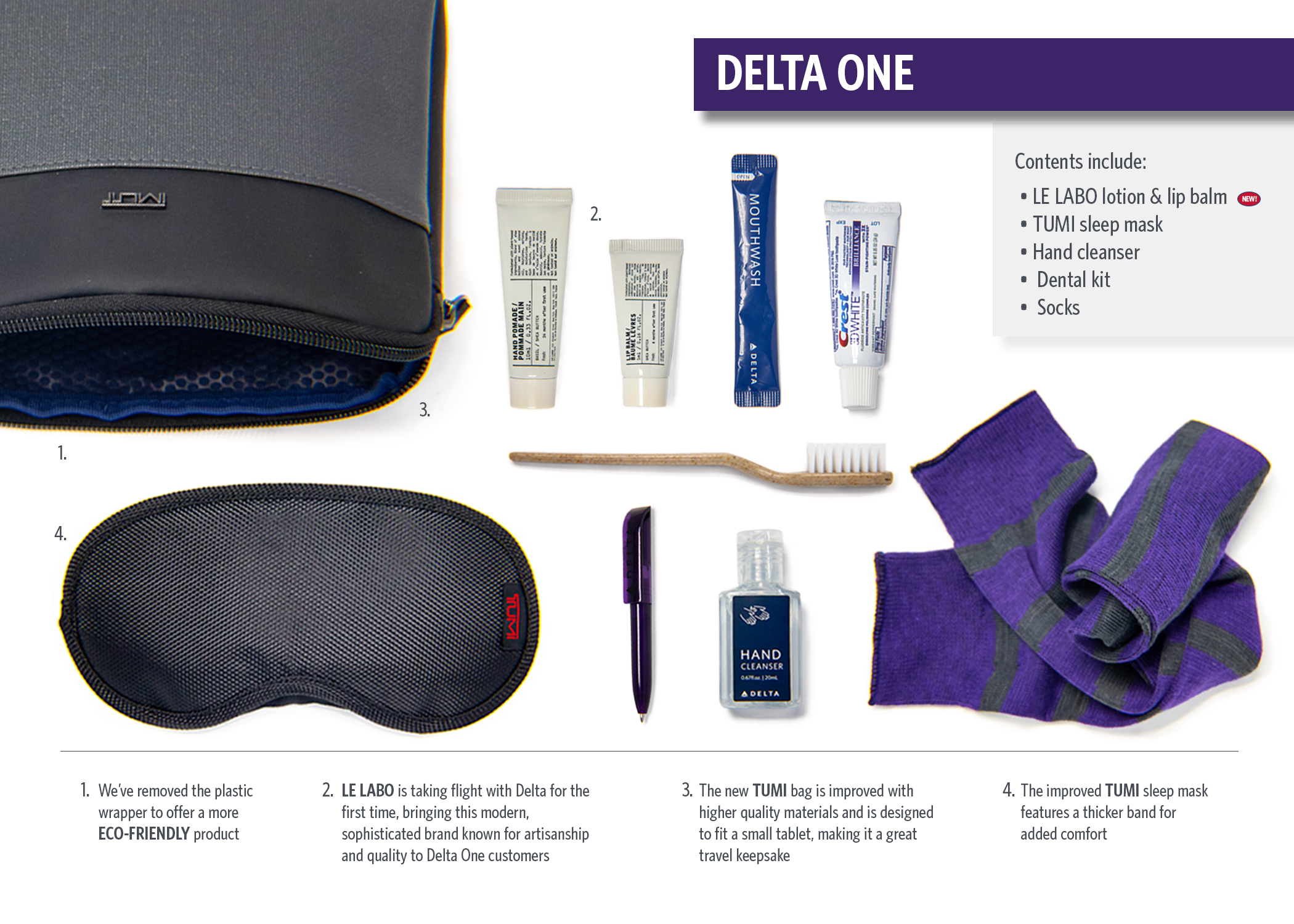
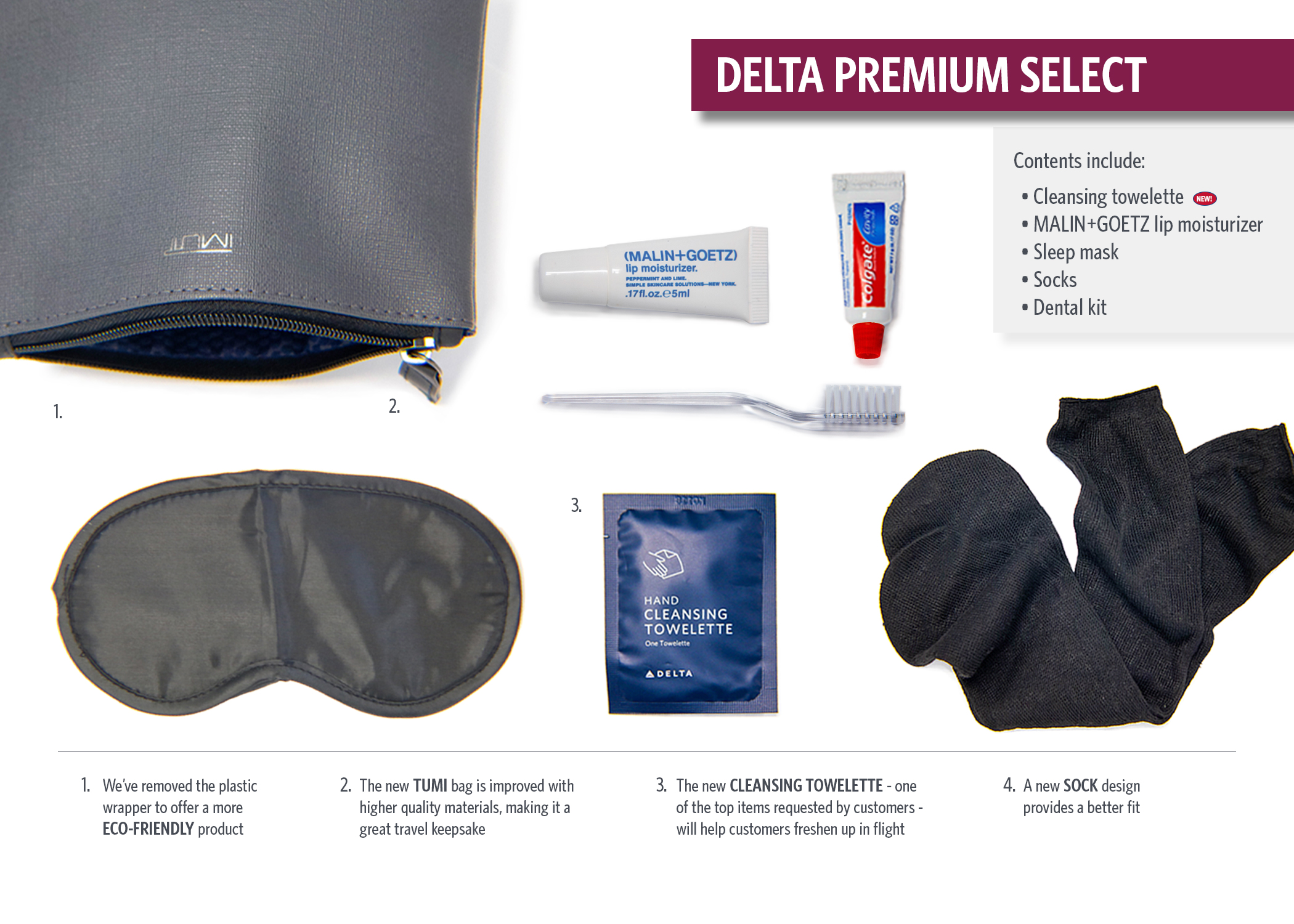
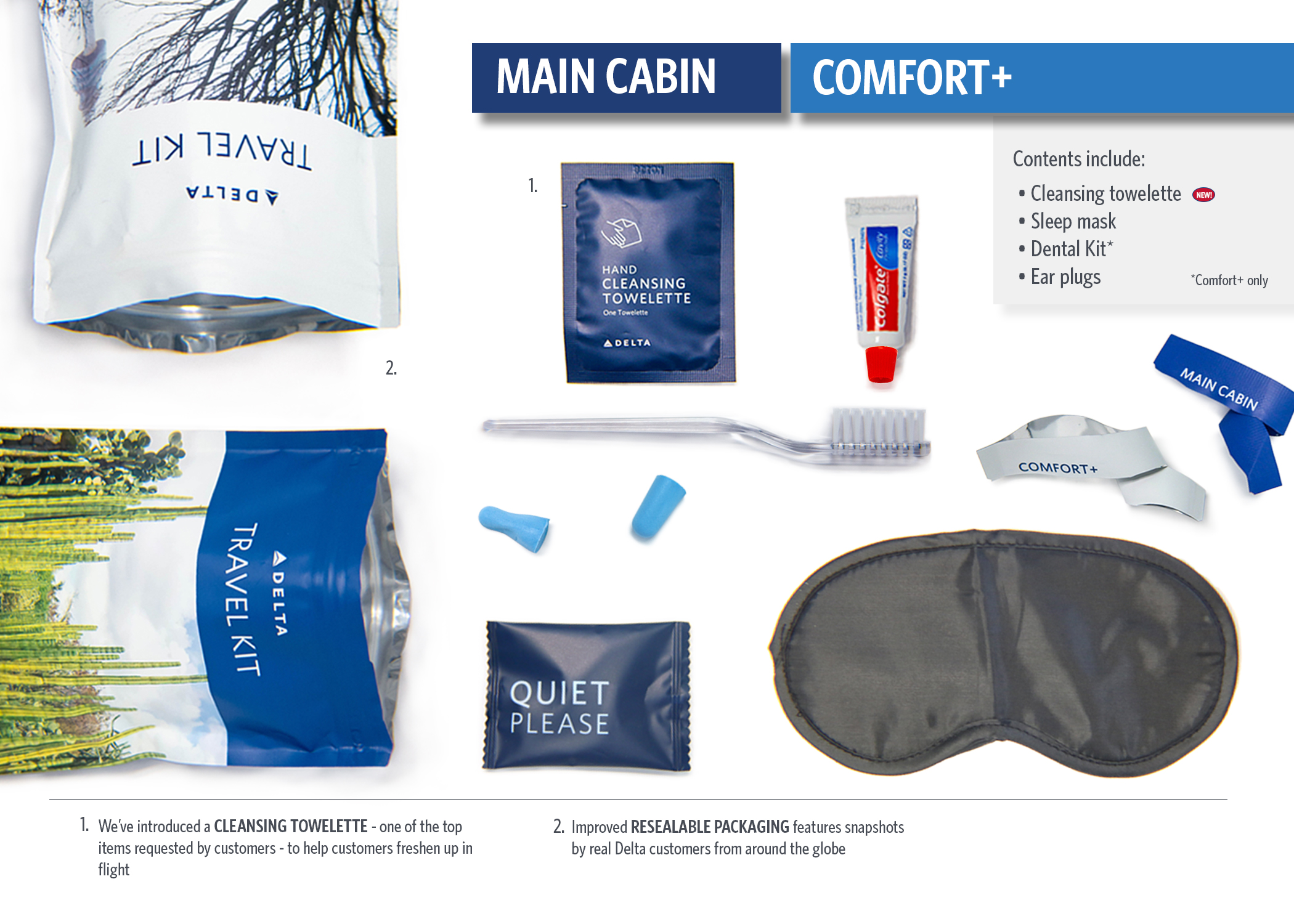
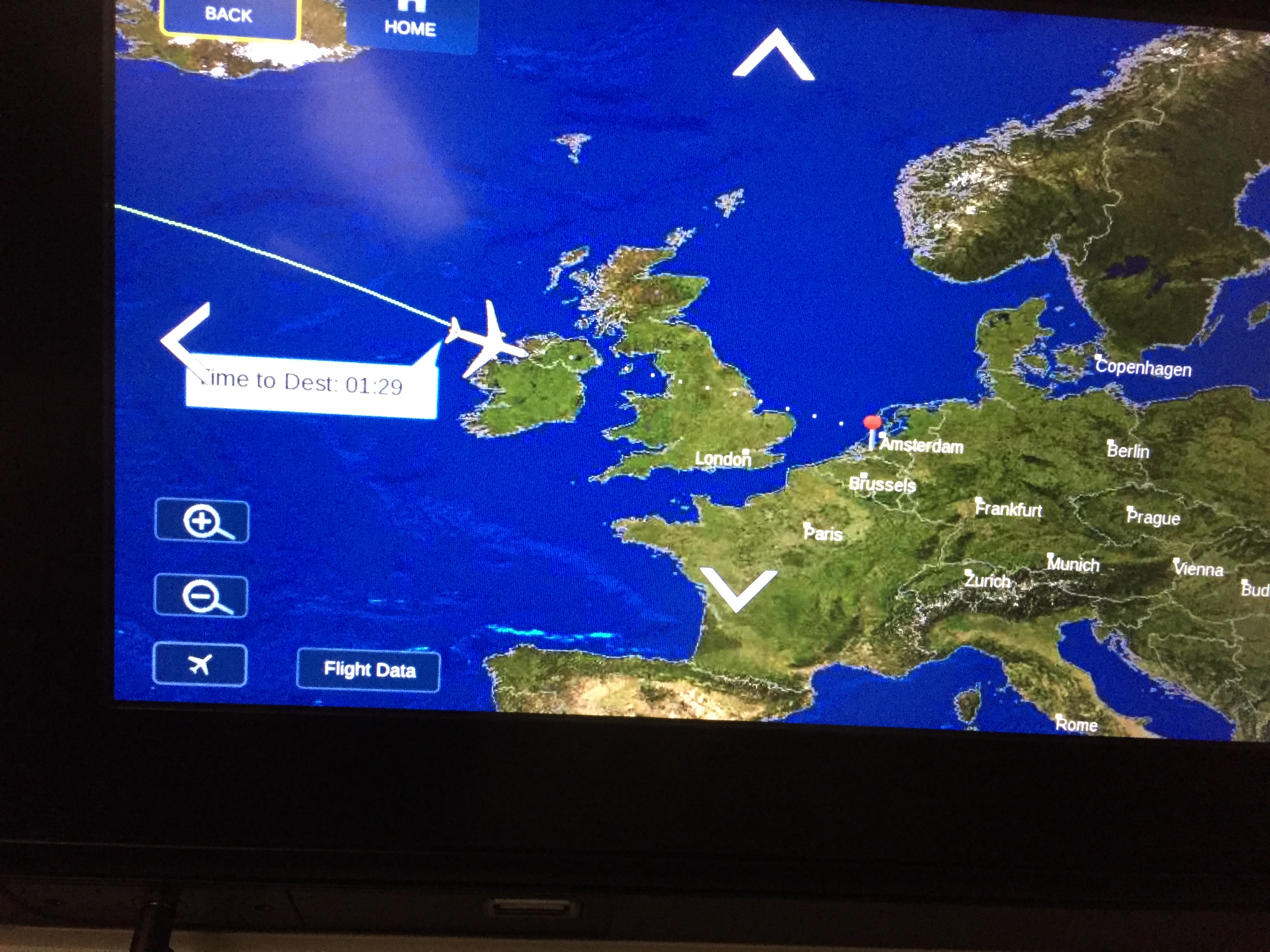



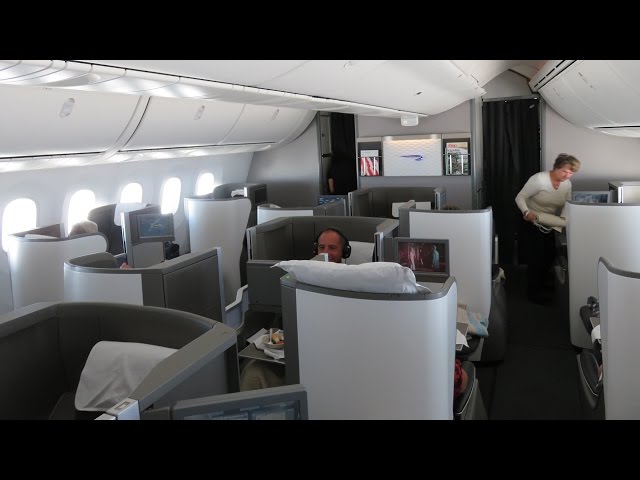











 By
By 

